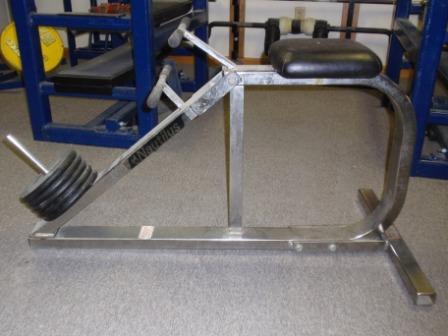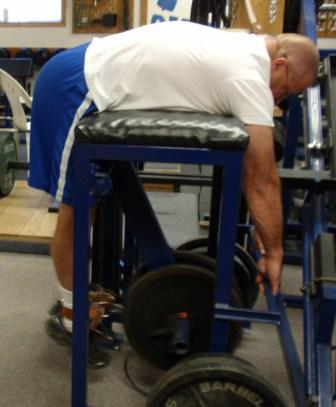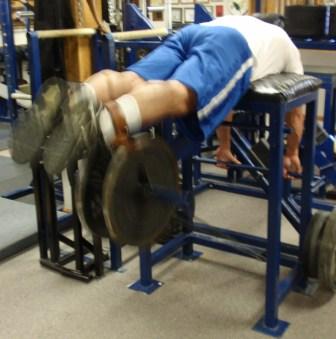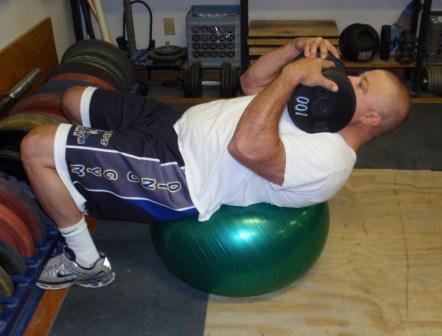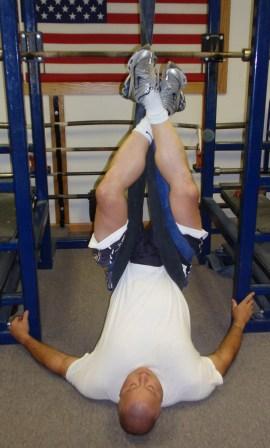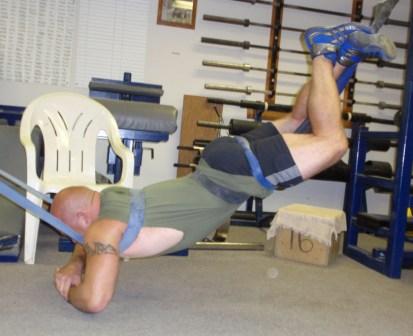A Look Back in USAWA History
by Al Myers
5 Years ago (June-August 2005)
* Frank Ciavattone won the USAWA/World Heavy Lift Championships in Walpole, Massachusetts on August 27, 2005. Twelve competitors were in the competition.
* Steve Schmidt had a busy summer putting on strongman shows. In North Judson, Indiana on June 18th, 2005 he pulled a 58,200# caboose 90 feet with his teeth. On August 27th, 2005 in Knox, Indiana he pulled with his teeth a 18-Wheeler weighing 32,200 pounds.
* Mike McBride wins Best Lifter at the USAWA National Championships on June 25-26, 2005 in Youngstown, Ohio. The meet was hosted by Dick Hartzell and Carl LaRosa of the Jump Stretch Training Facility.
* The United States was the winner of the IAWA World Postal Championships promoted by the West Australian All-Round Association. The six-man USAWA team members included: Ed Schock, Eric Todd, Abe Smith, Al Myers, Lon Beffort, and Mike McBride.
* Frank Ciavattone, on June 11th 2005, performed a 800# Neck Lift at the New England Championships.
10 Years ago (June-August 2000)
* On September 2-3, 2000, the IAWA World Championships was held in Mansfield, Massachusetts, hosted by meet director Frank Ciavattone. A total of 39 lifters entered.
* Art Montini received the Ciavattone Award at the IAWA Awards Banquet. This award was given annually by the Ciavattone Family in remembrance of Frank Ciavattone, Sr.
* Howard Prechtel, the President of the USAWA and the IAWA at the time, broke a harness lifting record set by Warren Lincoln Travis in 1906. To accomplish this record, Howard lifted 510 pounds for 3120 repetitions in 62 minutes, for a total poundage of 1,591,200 pounds.
* Three USAWA Clubs participated in the Postal League. These clubs were the Powerzone Club, Ambridge BBC, and Clark’s Gym.
* The 2000 USAWA National Championship’s Best Lifter was Ed Schock. Schock just edged out Frank Ciavattone, John Monk and John McKean. This championship was hosted by Denny Habecker on July 1st and 2nd.
* Bob Hirsh was inducted into the USAWA Hall of Fame.
15 Years ago (June-August 1995)
* Clark’s Gym was the host for the 1995 USAWA National Championships held in Columbia, Missouri on June 3-4. Kerry Clark was the Female Best Lifter and Art Montini was the Male Best Lifter.
* Howard Prechtel broke a long standing record set by Warren Lincoln Travis in 1927. Travis had lifted 5,500,000 pounds using 1000 pounds for 5,500 repetitions in the Back Lift in 3 hours, 9 minutes. Prechtel did 1,111 pounds for 5,460 repetitions for a “total poundage” of 6,066,060 pounds. Howard was 57 years old when he accomplished this amazing record.
* Howard Prechtel hosted the 1995 IAWA World Championships in Eastlake, Ohio on August 12-13, 1995. Bob Hirsh was the men’s Best Lifter and Noi Phumchaona was the women’s Best Lifter.
20 Years age (June-August 1990)
* The third annual IAWA World Championships was held in Glasgow, Scotland. The best USAWA performances were by Noi Phumchona (2nd among women), Art Montini (second among the masters) and Barry Bryan (third among the men).
* Barry Bryan was the top Open Male Lifter at the USAWA National Championships, hosted by Attilio Alacchi on July15-16. Art Montini was the top Masters Lifter. Jeanne Burchett was the top women’s lifter.
———————————————————————-
(Credit is given to The Strength Journal, written and published by Bill Clark, for which all of the preceding information was found for this historical review.)
